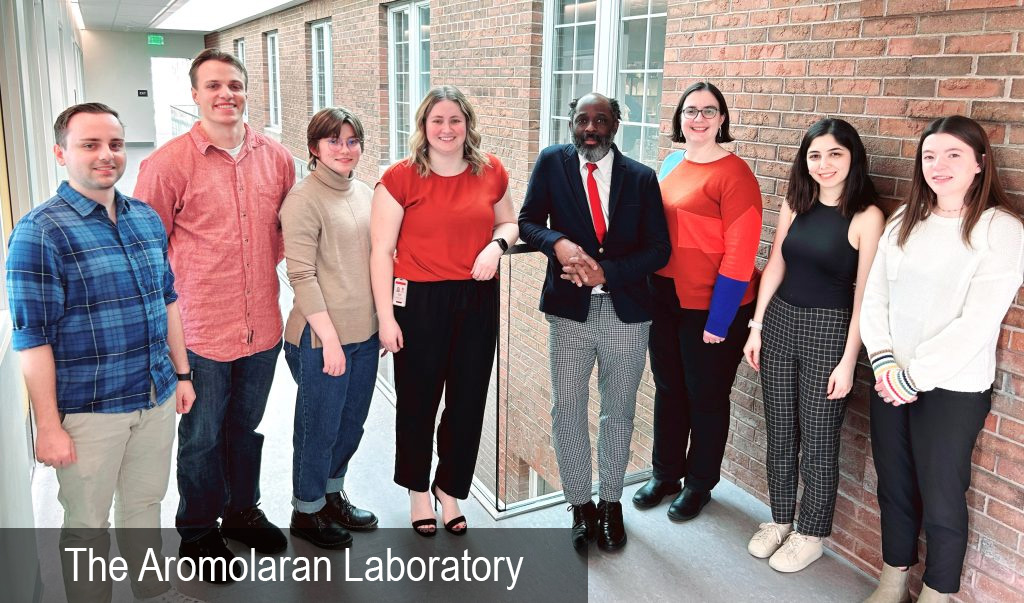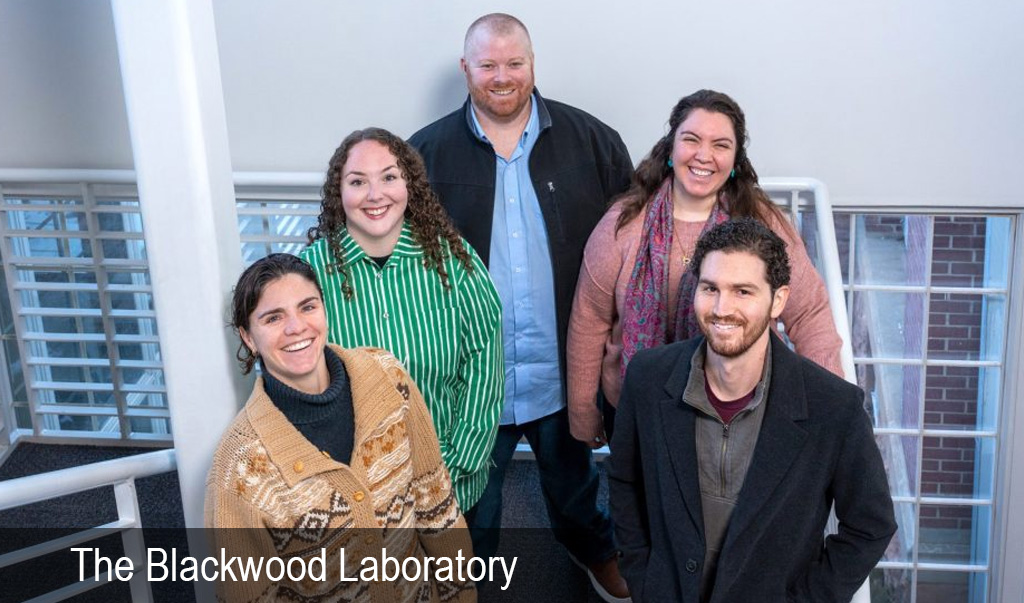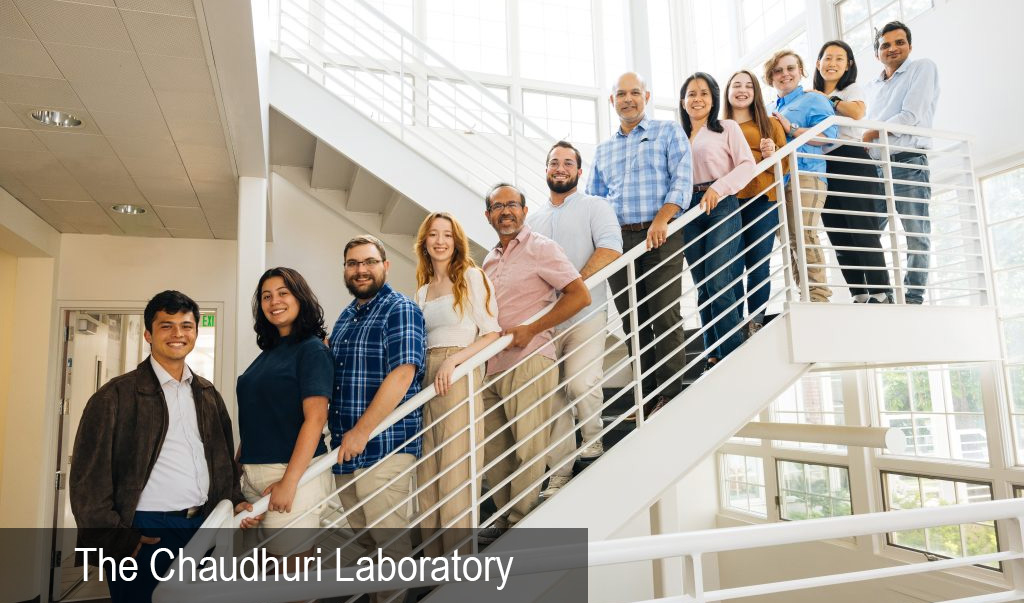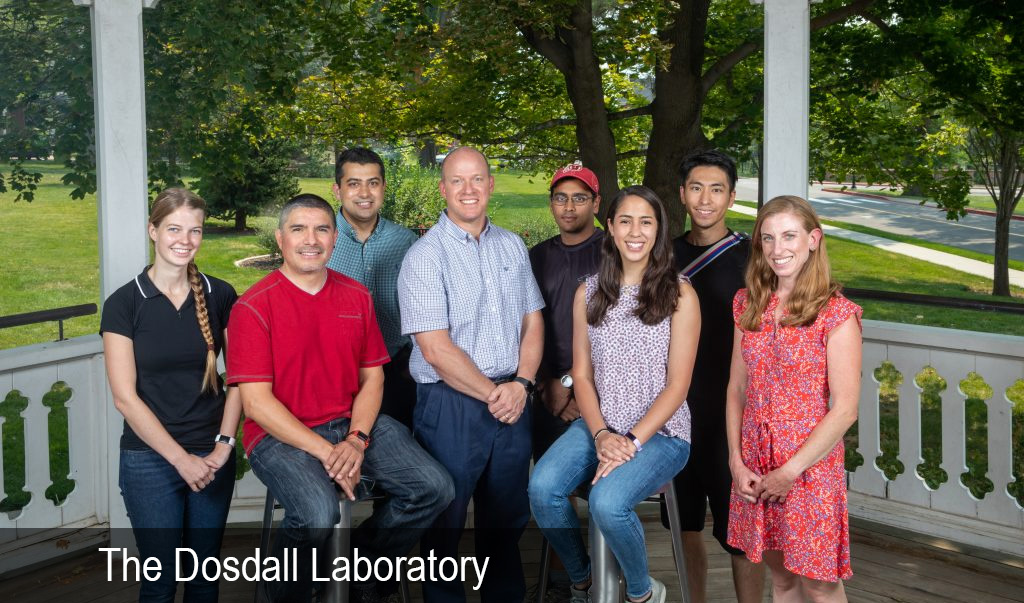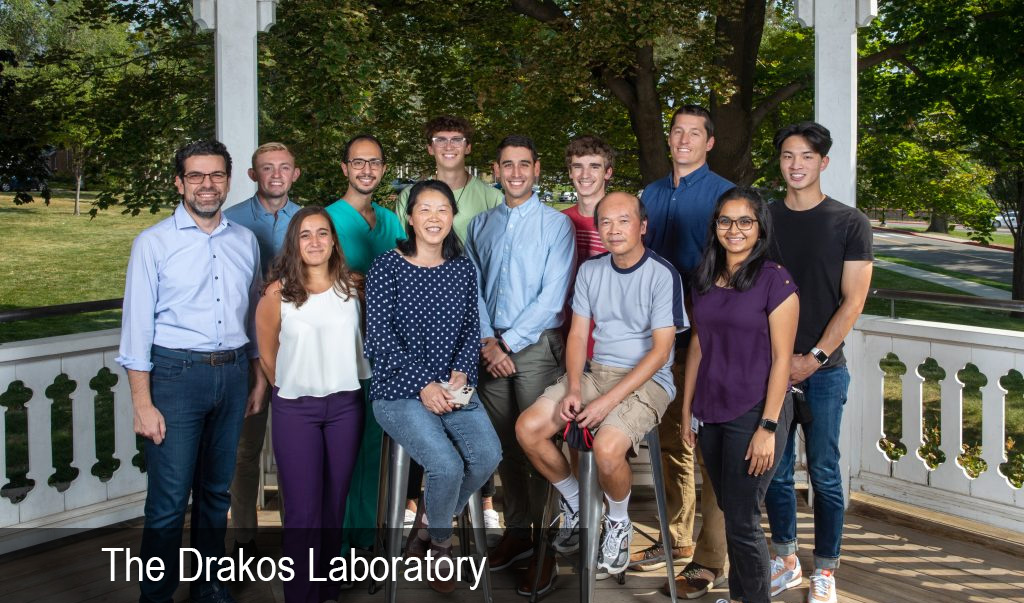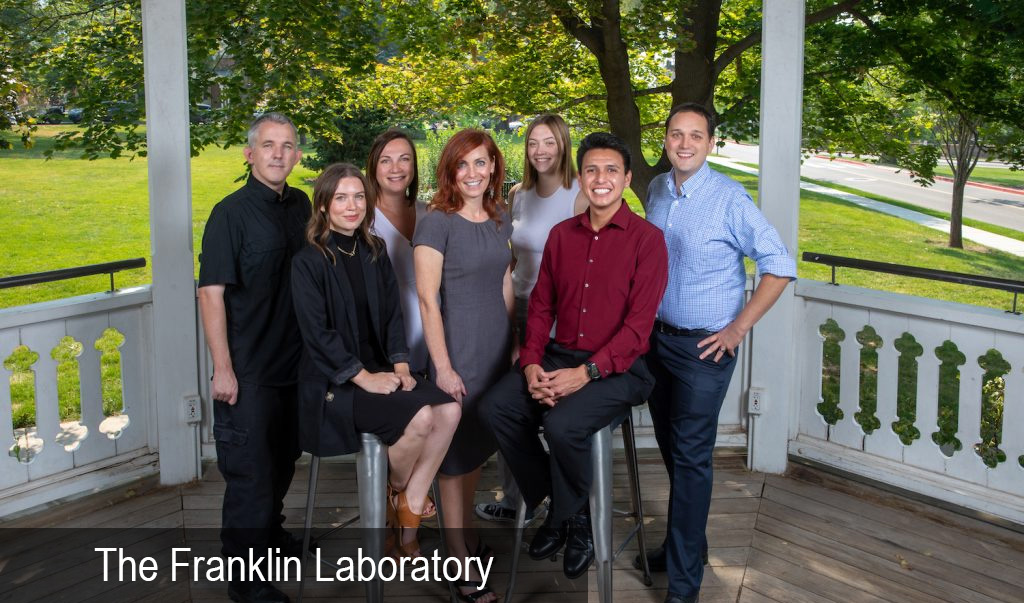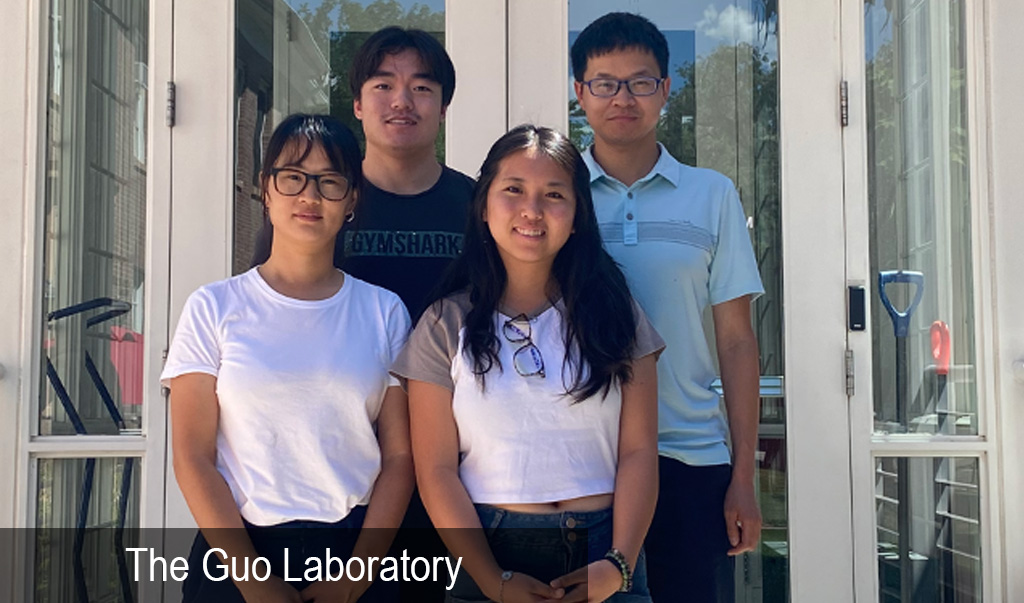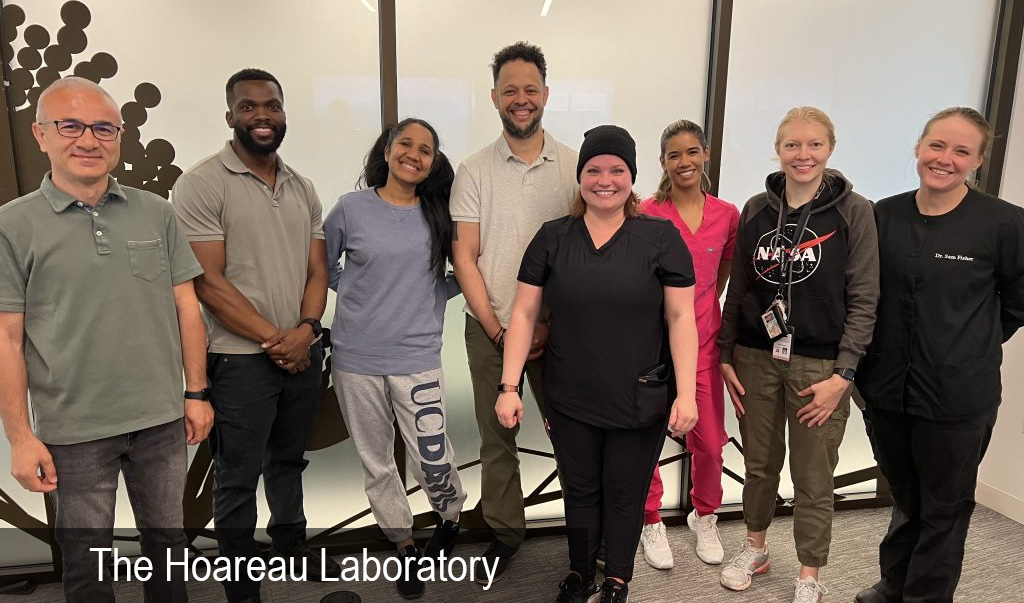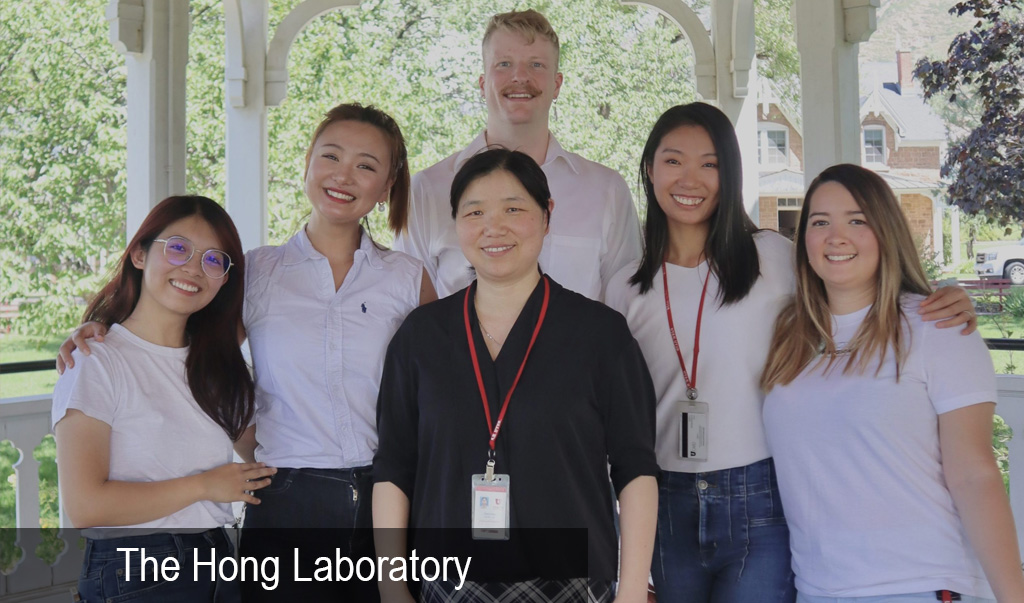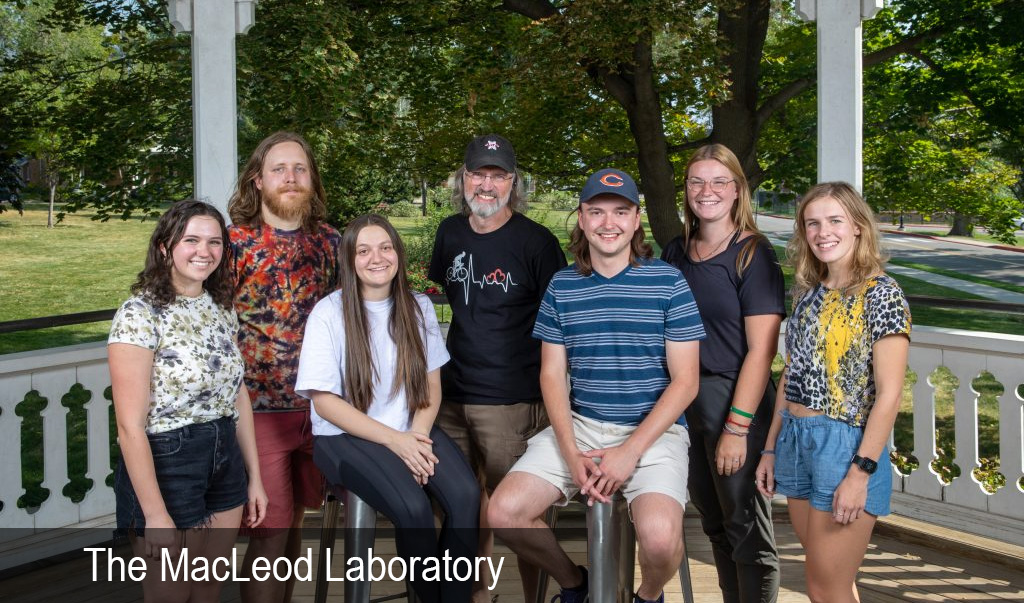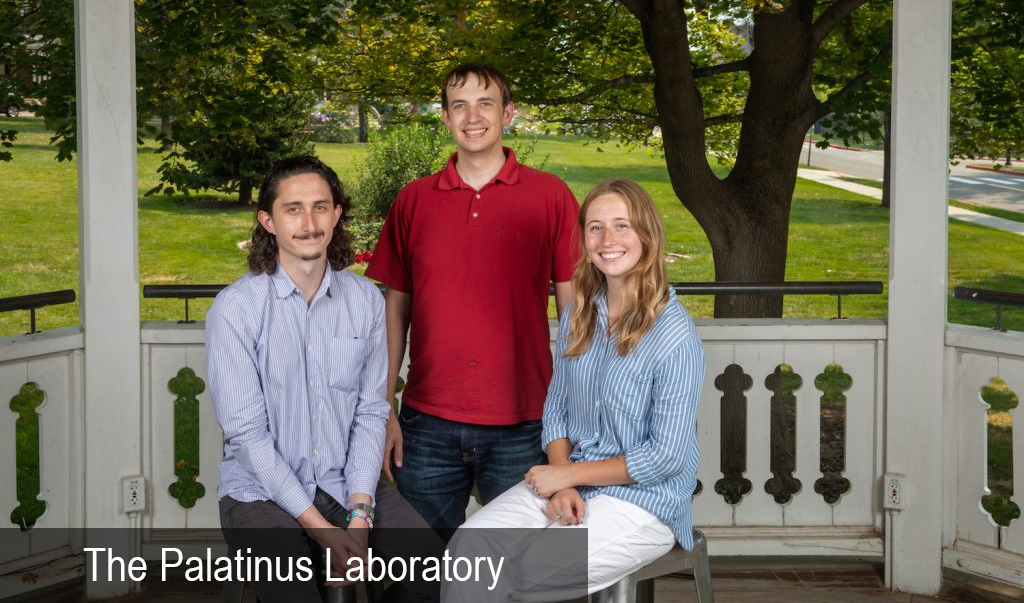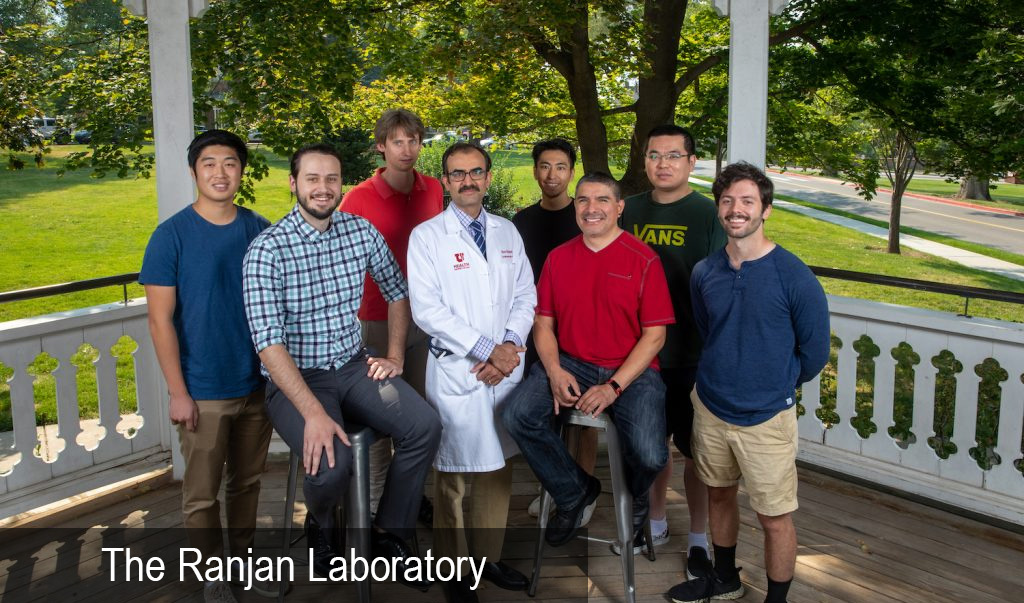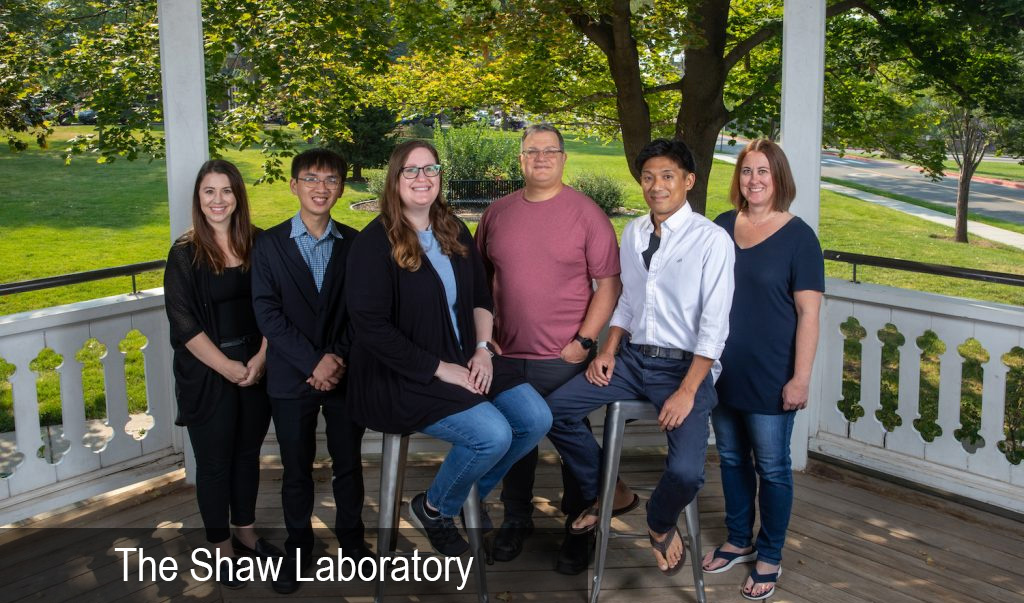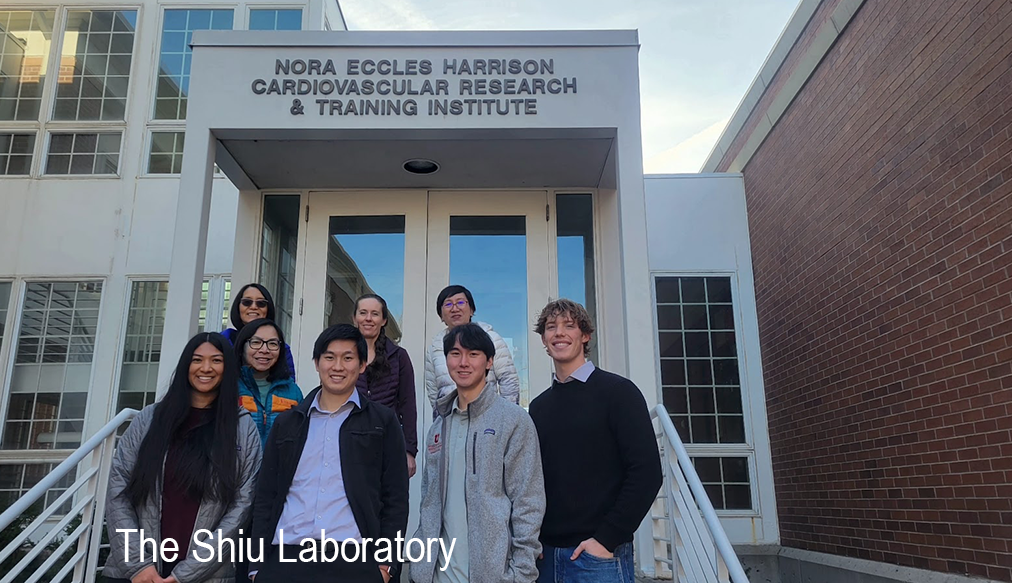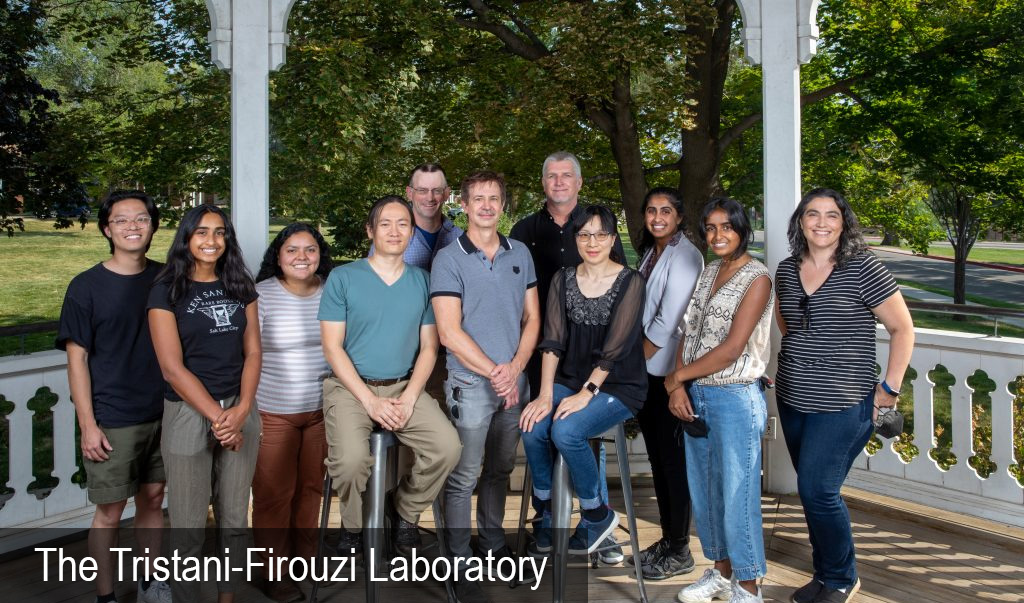Research Labs
The Aromolaran Laboratory
The Aromolaran Laboratory focuses on elucidating how normal cardiac electrical and biophysical properties are altered in obesity and associated pathologies (diabetes, inflammation and lipotoxicity). Obesity is an important contributor to...
The Blackwood Laboratory
Heart disease is the leading cause of mortality in the US and is often preceded by pathological cardiac hypertrophy due to chronic hypertension and sustained increases in cardiac afterload. While...
The Chaudhuri Laboratory
The Chaudhuri Laboratory’s research is investigate how cardiac metabolism is altered in heart failure, and use these discoveries to seek new therapeutic interventions. Heart disease remains the leading cause of...
The Dosdall Laboratory
The Dosdall Laboratory uses a combination of mapping techniques to understand the tissue level substrate remodeling that occurs in conditions such as chronic atrial fibrillation, heart failure, and myocardial infarct...
The Drakos Laboratory
The Drakos Laboratory’s research is focused on cardiac recovery associated with unloading and mechanical circulatory support (MCS) in the chronic heart failure (HF) setting and the acute setting (i.e. acute...
The Franklin Laboratory
The Franklin Laboratory’s research is focused on the nucleus, DNA is wrapped around histone proteins (i.e. nucleosomes). This combination of DNA, histones and other proteins is referred to as chromatin...
The Guo Laboratory
The Guo Laboratory’s research is focused on deciphering the pathogenicity of genetic variants in cardiovascular diseases. With the development of medical genetics and low-cost, rapid DNA sequencing technologies, a large...
The Hoareau Laboratory
The Hoareau’s Resuscitation and Cellular Pathobiology Laboratory focuses on studying cellular responses to ischemia and mitigating the negative effects of trauma, particularly after severe blood losses. A particular area of...
The Hong Laboratory
The Hong Laboratory focuses on understanding the regulation and remodeling of membrane microdomains of cardiomyocytes during heart failure progression. We study how cardiomyocyte surface microdomains are organized to concentrate ion...
The MacLeod Laboratory
The Computational Electrocardiology Laboratory’s research studies electrocardiographic mapping of the heart and body surface. Specific research areas includes cardiac electrophysiology in the study of acute ischemia and repolarization abnormalities; and...
The Palatinus Laboratory
The Palatinus Laboratory’s Research: Sudden cardiac death remains the most common cause of natural death in the United States, affecting 300,000-400,000 people per year. A common finding in the hearts...
The Ranjan Laboratory
The Ranjan Laboratory’s research focuses on exploring tissue and organ scale physiology and pathophysiology in various contexts including atrial fibrillation (AF), atypical left atrial flutter (ALAF), ventricular tachycardia (VT), and...
The Selzman Laboratory
The Selzman Laboratory’s research utilizes models of pressure overload and subsequent relief to study remodeling and reverse remodeling in mice. We are looking at the transcriptional regulation of these pathologic...
The Shaw Laboratory
The Shaw Laboratory is located within the Nora Eccles Harrison Cardiovascular Research and Training Institute (CVRTI) and is focused on understanding the cell biology of heart arrhythmias and heart failure...
The Shiu Laboratory
Chronic Kidney Disease (CKD) affects 10% of the population worldwide. It is characterized by a gradual loss of kidney function over time and can progress to end-stage kidney disease (ESKD)...
The Tristani-Firouzi Laboratory
The Tristani-Firouzi Laboratory The Tristani-Firouzi Laboratory is dedicated to the study of ion channel biophysics and Precision Cardiovascular Medicine, using a multi-disciplinary approach coupled with cutting-edge research techniques. Dr. Tristani-Firouzi...
The TVP Laboratory
The TVP Laboratory’s research is focused on the mammalian vascular system. It is the lifeline of all tissues and organs within the body. Stretched end-to-end, the arteries, veins, and other...

